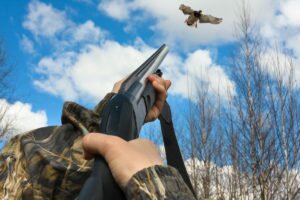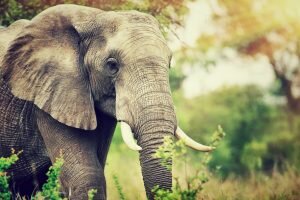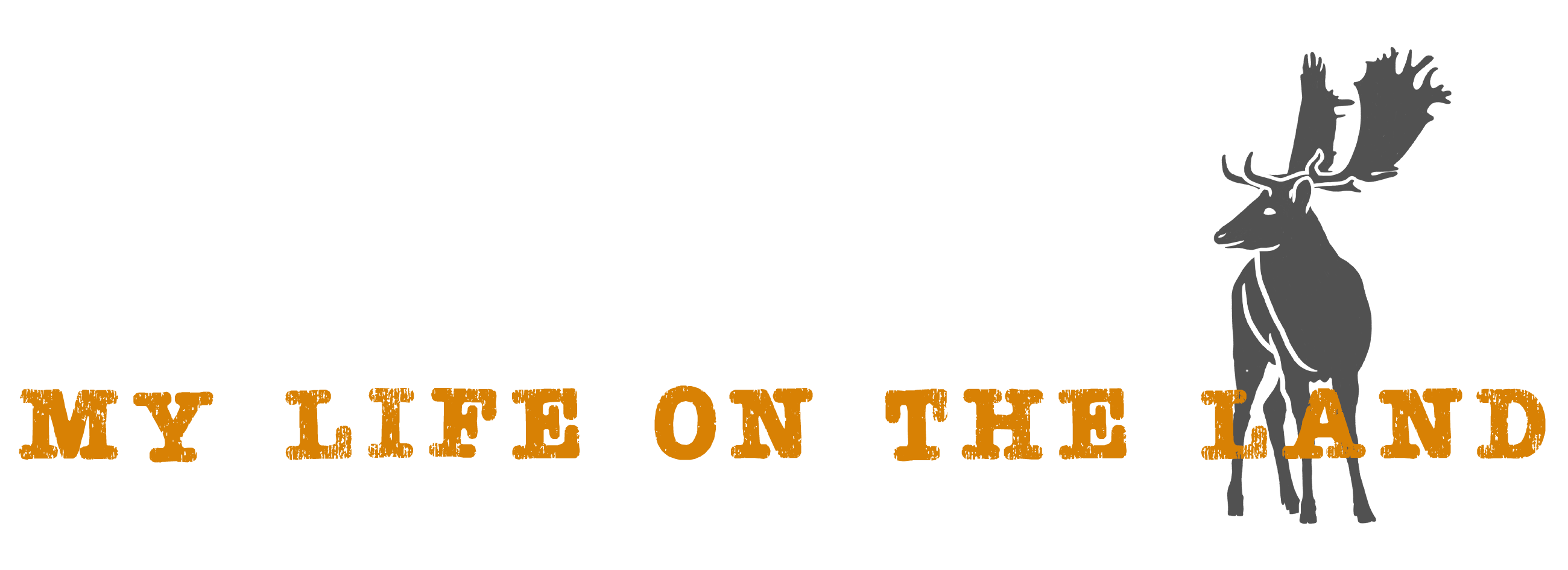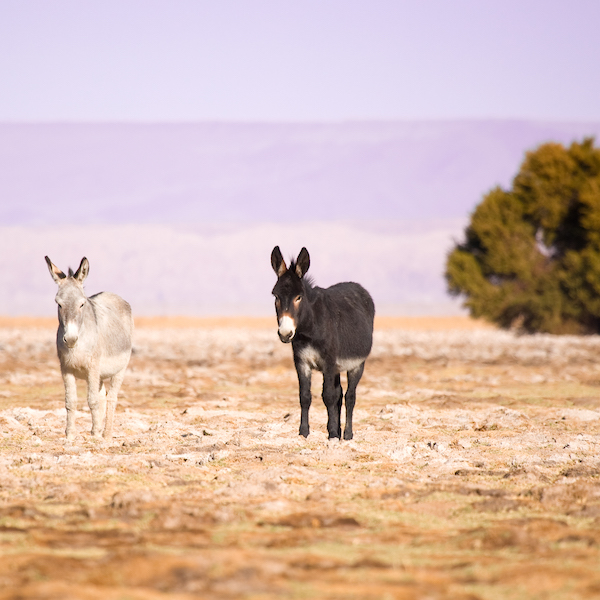Feral donkeys – how much of a problem are they?
Many people are shocked to hear how many feral donkeys there are in Australia, or that one of the ways to manage these invasive species is through wildlife culling and hunting.
In fact, whenever we have posted about hunting feral donkeys in the Northern Territory, people are either surprised it’s actually a thing, or they get angry. “What do you mean you hunt donkeys. WTF, man. What’s wrong with you?”
Very few people are aware that Australia has over 5 million feral donkeys that are wreaking untold damage on our fragile environment – not to mention all the dozens of other invasive species such as feral cats, foxes, camels, water buffalo, scrub bulls, wild dogs, feral pigs, feral goats, deer and countless other introduced species.
So how did the humble ass become such an issue?
How colonisation became a hotbed for introduced species
Like most introduced species, donkeys were brought to Australia for a good reason. In 1866, the pack horse kept succumbing to illness in the Australian outback so along came the donkey. Donkeys had a much stronger digestive system and were able to thrive in the arid outback regions such as Western Australia, Central Australia and the Top End.
Fencing livestock in the outback in the late 1800s wasn’t common. The land was just too big, not to mention the lack of available materials. This meant that livestock inevitably escaped, or worse, was set free when their usefulness had ceased.
This was definitely true of the donkey, which spread across the vast, largely uninhabited landscape. Donkeys are able to tolerate various environmental conditions, eat a wide variety of food sources, and have a high rate at which they breed (they tend to have a foal each year, compared to horses who foal biannually). Over the next few decades, donkey populations continued to grow, unmanaged, and they moved from livestock to feral animal.
By the 1920s, large, feral herds were reported through much of the outback, and by 1949, donkeys were officially declared a pest species in Western Australia.
Feral animal vs invasive species
There’s a misconception, often propagated by the media, that all introduced animals and invasive species are feral animals. But this completely overlooks the true definition of the term feral animal.
The correct definition for a feral animal is a wild animal that once belonged to a primarily domesticated species. Donkeys were commonly domesticated, therefore, when wild, are considered feral donkeys. It’s the same reason cats, goats, scrub bulls, horses and pigs are all termed as feral.
On the other hand, we have a large number of wild animals that were introduced for reasons other than as livestock or pets. These include deer, foxes, pheasants, brown trout, yabbies, and even cane toads. Some were introduced to Australia for recreational hunting and fishing, others (like the cane toad) as a way to combat another invasive species. For this reason, they are referred to as introduced or invasive species, but not technically feral.
How many donkeys do we have?
It’s impossible to know exactly how many feral donkeys we now have in Australia. Conservative estimates put the figure at 5 million but, without an expensive and time consuming wildlife survey, it is impossible to accurately account for every feral donkey.
What we do know is that, if we continue to leave them unmanaged, donkey populations will rise at a rate of around 20 percent per year. Even conservatively speaking, that means in five years, there could be more than 10 million feral donkeys roaming Australia.
What impact do donkeys have on the environment?

Feral donkeys are a serious threat to the natural environment. They dramatically increase soil and waterway erosion, spread weeds, and destroy vegetation and infrastructure. They compete with our native animals for scarce resources, pushing native plants and animals to extinction. This becomes even more pronounced during times of drought, like large portions of Australia are currently experiencing. Feral donkeys also have an impact on farming land, eating pasture, destroying fences, causing cattle to scatter, and introducing exotic diseases such as equine influenza, African horse sickness and tick fever.
Many of the donkeys we saw in Northern Territory were emaciated and starving – there just wasn’t enough food and water to cater to all the different species vying for survival in that harsh landscape – and shooting them was an act of kindness to end their suffering.
Wildlife management tactics
The government have a number of programs in place to manage feral donkey populations. Most of these programs centre around aerial or ground culling of wildlife. Feral donkeys have also been trapped and mustered for commercial sale – either as guardian animals to protect livestock, or for the commercial meat market (donkey meat and hides are in high demand in China, and donkey meat is a staple ingredient in some French and Italian salamis). Recreational hunters are also a part of the wildlife management solution.
Unfortunately, there are a growing number of animal activists lobbying the government to save the feral donkey. They would prefer to see public funds invested into fertility control, believing it to be more humane to neuter and sterilise feral donkeys than outright kill them. But these programs are prohibitive in costs, are non-permanent (therefore, need to be repeated), and do not solve the environmental impacts already caused by existing donkeys. Neither do they provide a solution for food shortages. On top of that, sterilisation programs all come at a cost to the government, which people seem to forget means tax payer funded. It is a long term, partial solution to an enormous problem – essentially trying to stem a fatal wound with a bandaid.
Some private outfitters are doing their bit, by offering cull hunts on private and tribal lands.

However, if the government were smarter – and less swayed by emotional outbursts from animal activists and Greens – they could actually flip a major problem into a solution.
By opening up more public hunting land in outback regions and allowing hunters to buy culling tags for donkeys and other feral animals, the government would not only tackle invasive species and feral animals, they would also raise important funds that can be used for wildlife conservation, much like the Americans do with the money they raise from hunting.
As an added benefit, making better use of recreational hunters would also inject much needed money and employment opportunities into rural and remote regions of Australia.
It’s a win-win situation all around.
Help us keep hunting alive
I Am Hunter has a passion to keep hunting alive. We use education and advocacy to demonstrate the positive benefits of ethical, fair-chase hunting to all society, not just hunters.
We can provide this content free to the public thanks to the generous support of our awesome members.
For less than 50c a day, members help support the fight to keep hunting alive by spreading a positive message about hunting to the wider community. In return, members get access to exclusive member rewards.
See also

Duck hunting under threat in Victoria
Share on facebook Facebook Share on twitter Twitter Share on linkedin LinkedIn Share on whatsapp WhatsApp Share on email Email

Can hunting aid Kenya’s economy post Covid?
In 1977, Kenya banned trophy hunting and pinned its economic hopes on tourism, believing photographic tourism to be more sustainable in the long run than hunting tourism. Enter 2020 and a global pandemic that hasn’t just impacted the health of millions of people around the world; it has also decimated the tourism industry. Kenyan based conservation scientist Dennis Ombaki believes there should be a place for well regulated hunting to help Kenya rebuild and provide much-needed economic aid to Africa post Covid-19.


8 thoughts on “Kicking ass – tackling Australia’s feral donkey problem”
Bummer. You’ll have to let me know how it is when you get to try.
We heard it was as really good meat and were super keen to try it but unfortunately the meat got water logged because the ice melted in the heat. Will definitely take extra care next time so we can bring it home.
Wow, never knew they were such a problem. Wouldn’t mind trying some to see what they taste like. Has anyone here tried it before ? What does it taste like ?